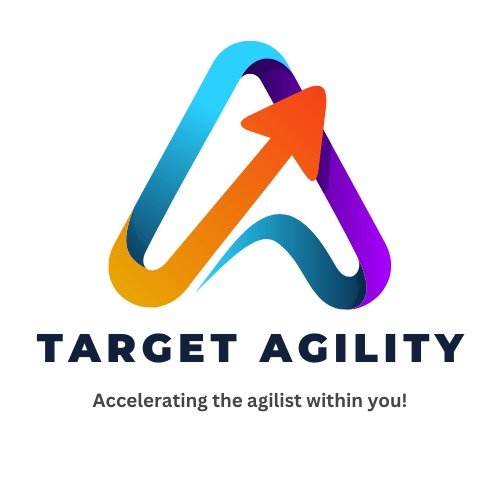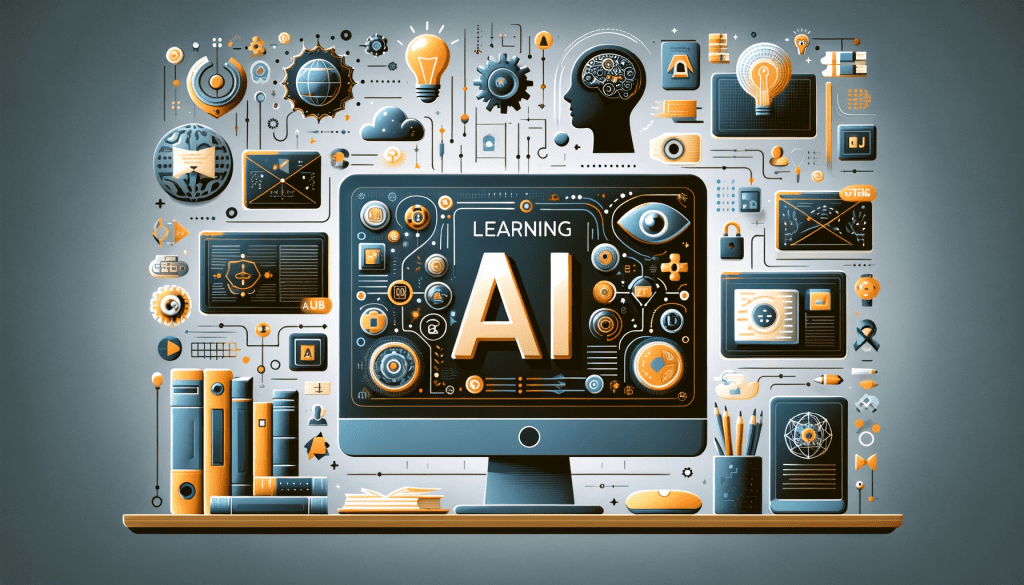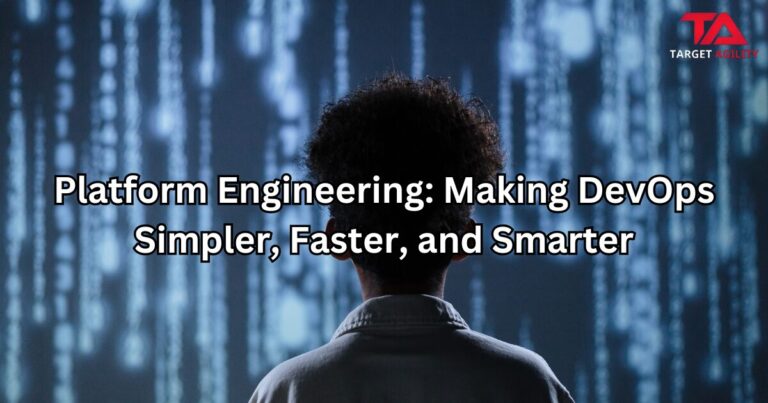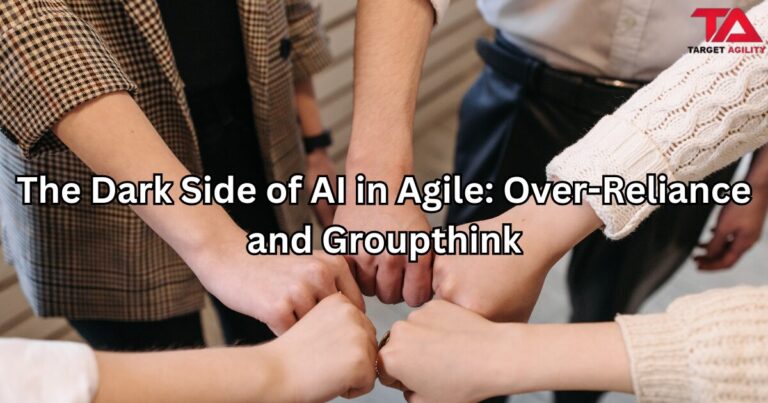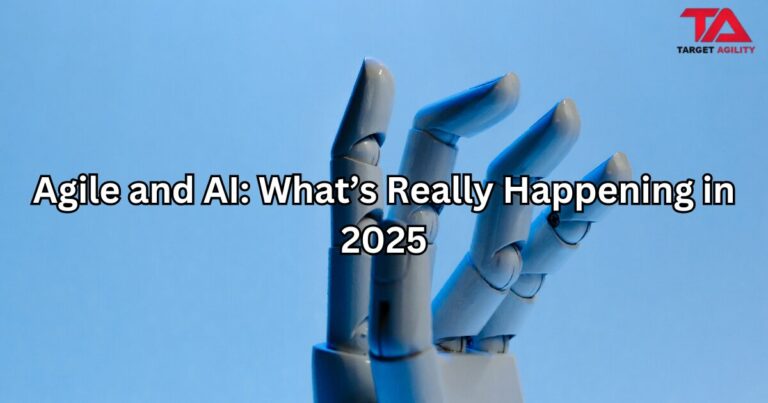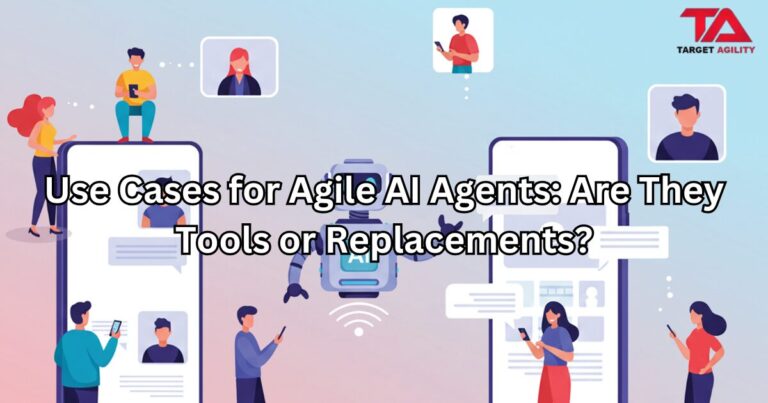Let’s be honest — most product backlogs are a mess. They’re filled with random ideas, old tasks no one remembers, tech debt, and pressure from different stakeholders. And somehow, the Product Owner is expected to sort it all out and decide what comes next.
It’s a tough job. But now, AI tools are stepping in and claiming they can do it better — faster, with less bias, and based on real data. So, the big question is: can AI really prioritize better than a human? In many cases, the answer looks like a strong “yes.”
Why It’s Hard for Humans to Prioritize Well
Product Owners don’t just pick features from a list. They’re constantly pulled in different directions:
- Sales wants features to close a deal
- Marketing pushes shiny new things
- Developers want time to clean up technical debt
- Users complain or request updates
- Executives demand fast returns
Even when you use frameworks like RICE or MoSCoW to rank ideas, it often comes down to opinions and politics. People are emotional. Bias creeps in. We give in to pressure. We guess.
That’s where AI starts to shine.
What AI Can Do That Humans Struggle With
AI doesn’t guess. It uses real data to make suggestions. Here’s how it helps prioritize more accurately:
- Looks at Real User Behavior
AI tools can analyze what users are actually doing — which features they use, what they avoid, where they drop off. It’s not based on opinions; it’s based on facts. - Estimates Business Value
Some AI models can predict how much money a new feature might make, based on past trends or customer behavior. - Effort vs. Impact Analysis
Tools like Productboard and Craft.io now use AI to show which items are high value and low effort — the perfect combo for quick wins. - Finds Patterns You Miss
AI can spot trends in feedback, bug reports, or feature requests — even things you didn’t notice piling up. - Understands Customer Pain Points
Using sentiment analysis, AI reads support tickets, reviews, or social media to find what customers are really unhappy about.
So, Is AI Better Than a Product Owner?
Not completely. AI doesn’t understand your company’s long-term goals or how important a customer relationship is. It doesn’t know timing or strategy. It can’t take a big risk based on instinct.
But here’s the truth: most backlog decisions aren’t about long-term vision. They’re about choosing what to build next. And that’s where AI helps — by removing the noise and giving you clear, data-backed suggestions.
Think of it like a smart assistant. You still make the final call. But you’re no longer flying blind.
Why Humans Still Lead (For Now)
We still value human judgment — and we should. Some decisions go beyond what data can explain. Sometimes you need to take a bold step even if the numbers don’t support it yet.
But for everyday decisions — like which bug to fix next or which feature will help most — AI can save hours of guessing and debating.
Conclusion: Work Smarter, Not Harder
AI isn’t here to replace Product Owners — it’s here to make them better. If you’re trying to manage a long backlog full of noise and pressure, AI can help you cut through the chaos and focus on what really matters.
So yes, in many cases, AI can prioritize better than humans — especially when the human is tired, overwhelmed, or guessing. Don’t see it as a threat. See it as your smartest teammate.
Still not convinced? Prove me wrong.

